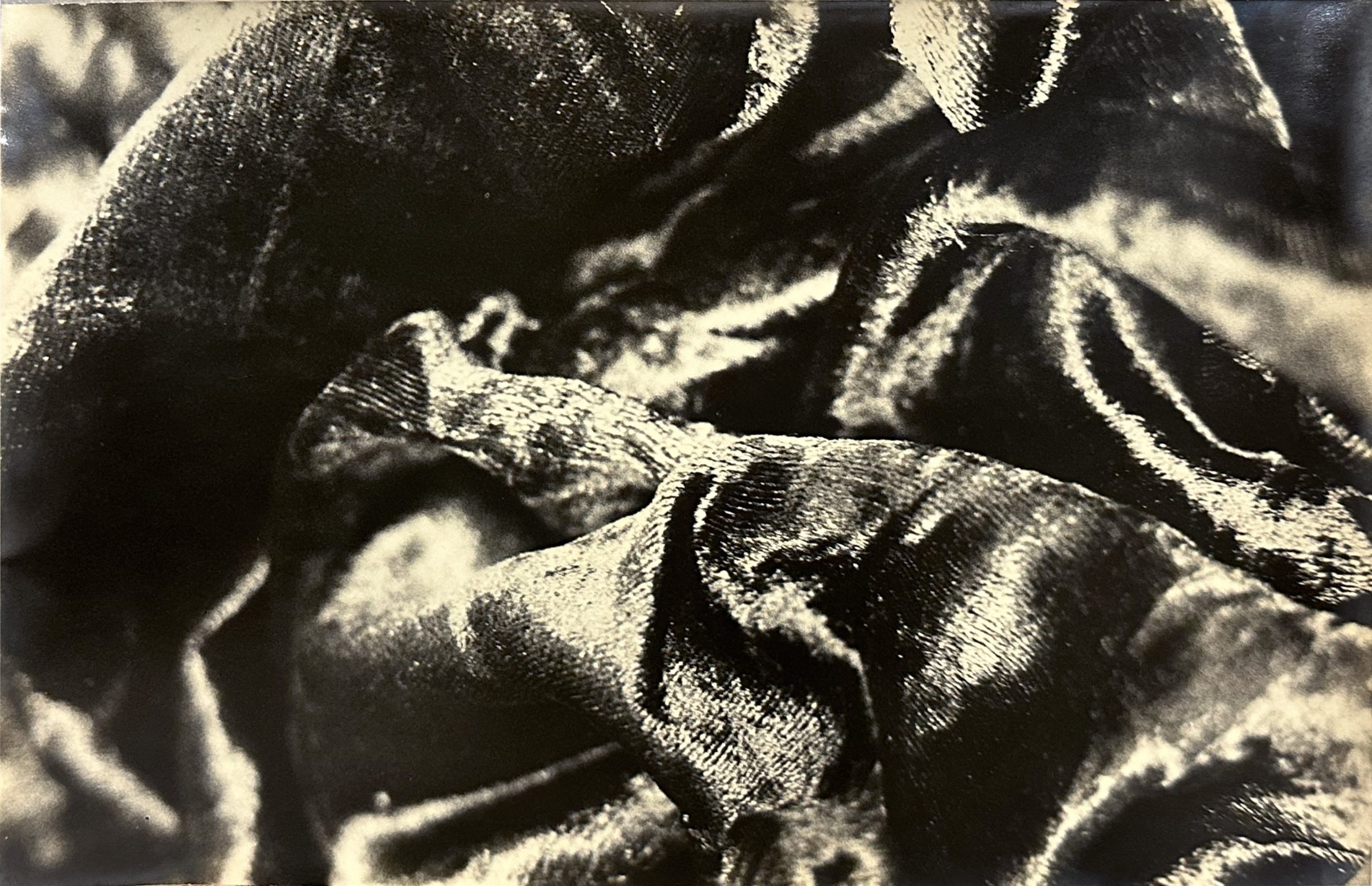
Nalini Malani is a pioneering artist, renowned for her innovative integration of drawing, painting, theatre, digital media and film. Her works elicit a fluidity of form- she morphs, smears, erases, animates and overlays imagery. There is a state of flux, of becoming, that dishevels set characterizations. Malani's practice features characters from daily life, history, mythology, literature, and art, which bear witness and urge a reconsideration of societal roles and representations of women. In over six decades of her career, Malani’s rigour of experimentation with new mediums and techniques has enabled her to continually reinvent her visual language.
With over a hundred works, of which eighty have never been shown, this exhibition offers the first presentation of Malani's formative works from the 1960s and 1970s. It provides a window into her development as an artist, prompting new readings of her oeuvre in the context of Indian art history.
The Fragility of Time paints a portrait of the artist as a young woman in an equally young nation. Born in 1946, Malani belongs to a league of thinkers after Indian Independence that marked a departure from western modernist ideals that privileged style and universality in art, to subjects that could reflect the socio-political realities of post-Independence India. The exhibition encapsulates this shift within Malani’s own practice, bookended by her watercolour diary of 1965-67 and her oil paintings of the historic ‘Place for People’ exhibition in 1981.
While studying at the JJ School of Art, Malani secured a studio at the Bhulabhai Memorial Institute between 1964 -1969- a hub for artists, theatre groups, dancers, and musicians. Here, she explored interdisciplinary ideas and aesthetics not embraced by the traditional academism of the JJ School of Art: “Abstraction was taboo at the JJ School of Art”. In 1969, the artist participated in the multi-disciplinary Vision Exchange Workshop (VIEW), founded by artist Akbar Padamsee, where she made a series of experimental films and camera-less photographs, when these mediums were largely unexplored in art. Further, in Paris (1970-1972) on a French Government scholarship, Malani explored film theories and social philosophies by contemporary scholars- experiences which were crucial in shaping her multimedia expressions.
Malani’s practice is charged with a radicalism that draws from the many alternate spaces she inhabited in the initial years. It provides a chance to trace artist collectives beyond formal pedagogy that impacted the Indian avant-garde and vice versa.
The show reflects Malani’s evolving understanding of the city and society through a female perspective. The draped velvet photographs and photograms with organic forms highlight a femininity in abstraction, while canvases from the 1970s depict the girl child as protagonist within the complexities of urban life. Her studio in Mumbai’s Lohar Chawl neighbourhood influenced her depictions of social stratification, seen in her ‘His Life’ series.
Working on this show with the artist has been a process of reading images through time and memory. With recollections and anecdotes, the exhibition gives an insight into the nodal junctures that impacted Malani as she looks back at her own practice from a present vantage.
Curatorial note:

Born in 1946 in Karachi, undivided India, Nalini Malani is a pioneering artist renowned for her innovative integration of drawing, painting, theatre, digital media, and film. As an infant, the Partition of India forced her family to immigrate to Calcutta, and a few years later, Bombay. This shift would later influence her work and career as an artist.
Malani graduated with a diploma in Fine Arts from the J.J. School of Art, in 1969, and in 1970, received a French scholarship to study Fine Arts in Paris. In 1984, she was granted an art fellowship from the Government of India. While studying at the J.J. School of Art, Malani secured a studio at the Bhulabhai Memorial Institute between 1964 and 1967 – a hub for artists, theatre groups, dancers, and musicians. There, she became acquainted with a number of established artists, including V.S. Gaitonde, Tyeb Mehta, M.F. Husain, and Nasreen Mohamedi. At the Institute, she was able to explore interdisciplinary ideas and aesthetics which were not embraced by the traditional academism of the J.J. School of Art.
Awarded a scholarship from the French Government in 1970, Malani studied in Paris for two years, where she developed not only her photographic and film skills (at the Cinémathèque française), but also her political perspective. She frequented the Sorbonne, where she heard the lectures of inspirational thinkers like Jean-Paul Sartre, Simone de Beauvoir, and Noam Chomsky. However, when her grant ended, Malani decided to return to India as she wanted to contribute to the culture of the young nation.
Malani belongs to a league of thinkers who marked a departure from Western modernist ideals that prioritised style and universality in art and moved towards subjects that could reflect the socio-political realities of post-Independence India. Her commitment to social activism comes through in her art, making much of her work consciously political. Influenced by her experiences as a refugee of the Partition of India, Malani places inherited iconographies and cultural stereotypes under pressure. Her point of view is unwaveringly urban and international, and unsparing in its condemnation of a cynical nationalism which exploits the beliefs of the masses.
Her works elicit a fluidity of form: she morphs, smears, erases, animates, and overlays imagery. There is a state of flux, of becoming, that dishevels set characterisations. Malani’s practice features figures from daily life, history, mythology, literature, and art, which bear witness to and urge a reconsideration of societal roles and representations of women. In over six decades of her career, Malani’s rigour of experimentation with new mediums and techniques has enabled her to continually reinvent her visual language. Whilst her earlier pieces are expressionist, her works during the 1970s take on an increasingly narrative perspective. Throughout the 1980s, Malani’s artistic evolution results in her works becoming more multi-layered and fragmented, as they embrace issues such as poverty, hunger, and homelessness. From the 1990s, she began combining painting techniques with performance, video, and cinematic elements.
Malani has shown her works in over thirty museum solo exhibitions including The National Gallery, London; Centre Pompidou, Paris; M+, Hong Kong; KNMA, New Delhi; New Museum, New York; and Stedelijk Museum, Amsterdam. Recently, she has also exhibited at The Jehangir Nicholson Art Foundation in a show called, ‘The Fragility of Time.’ Malani has received several international awards for her work including an Honorary Doctorate in Fine Arts from the San Francisco Art Institute (2010); the Fukuoka Arts and Culture Prize (2013); The St. Moritz Art Masters Lifetime Achievement Award (2014); the Joan Miró Prize (2019); and most recently the Kyoto Prize in Arts and Philosophy (2023). She lives and works in Bombay.